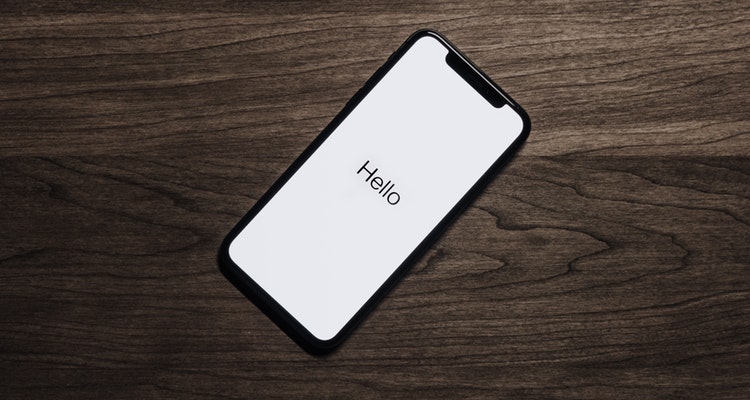
Photo Credit: pexels
Most of us have probably heard the term “smartphone addiction” – or, at least, joked that someone we knew was addicted to his or her smartphone. And now scientists are discovering that this smartphone addiction is far more than just a mental, emotional or psychological phenomenon – it also a physical phenomenon that comes with its own convenient acronym: SPA.
A study on smartphone addiction from Germany
A team of researchers in Germany just conducted a study showing that smartphone addiction leads to both decreased activity in the brain and a dwindling amount of grey matter. In other words, not only are fewer neurons and synapses firing, there’s actually less physical mass of your brain remaining. It’s a similar pattern seen with other forms of addiction, such as drug and alcohol abuse, that impact your brain. In short, the more you use your smartphone, the more you are potentially damaging your brain.
Until now, smartphone addiction was never considered a true medical phenomenon. In fact, there has always been a certain amount of controversy about the term itself, since people aren’t actually addicted to their physical phones – they are addicted to all the stimuli contained within that phone. (In the same way, we don’t call heroin addicts “needle addicts” because they are addicted to the harmful substance that enters their bloodstream, not the physical conduit for that substance.) Until recently, “smartphone addiction” seemed like a shorthand way to describe modern society’s obsession with digital technology.
As a result, until now, consumers never really perceived that there were any severe consequences for smartphone addiction. Sure, you might waste some time here and there, or lose a few hours of sleep each week, but such an addiction seemed trivial compared to the lasting damage that might come from other forms of addiction. But now comes the sobering thought that we might see the same kinds of PSAs for smartphone addiction that we saw for drug addiction back in the mid-1980s (“This is your brain on drugs…”) or nicotine addiction in the 2010s.
Implications of SPA for Big Tech
The results, published in the medical journal Addictive Behaviors, have some very fascinating implications for both tech firms and consumers. Most obviously, it’s easy to see how some reformers might now press for new guidelines released for how children and teens use smartphones. The federal government might step things up one step further and require cigarette-type warnings placed on every new smartphone package, similar to the Surgeon General’s warning on every pack of cigarettes. And big box consumer stores like Best Buy might move all their smartphones behind a protective glass barrier and out of reach of minors, in the same way that retail and convenience stores have recently removed vaping products after a government warning.
And what about social media?
And don’t think the big social media companies like Facebook and Twitter won’t be forced to make changes, either. In fact, any social media platform that relentlessly pings you with updates about friends and followers posting content might want to re-think how they interact with you on your smartphones. They are feeding your sense of FOMO (Fear of Missing Out) by constantly letting you know when friends have joined a platform, posted content, or replied to your content. All those little drips of digital dopamine, really, are what create smartphone addiction.
Going forward, we should all be on the lookout for signs of smartphone addiction, especially in kids and teens. Taking your smartphone to bed with you at night is just the most obvious sign of addiction, but there are other signs to spot as well. One thing is clear: smartphone addiction is a real phenomenon with potentially lasting consequences for your brain, so it’s time to do something about it now.